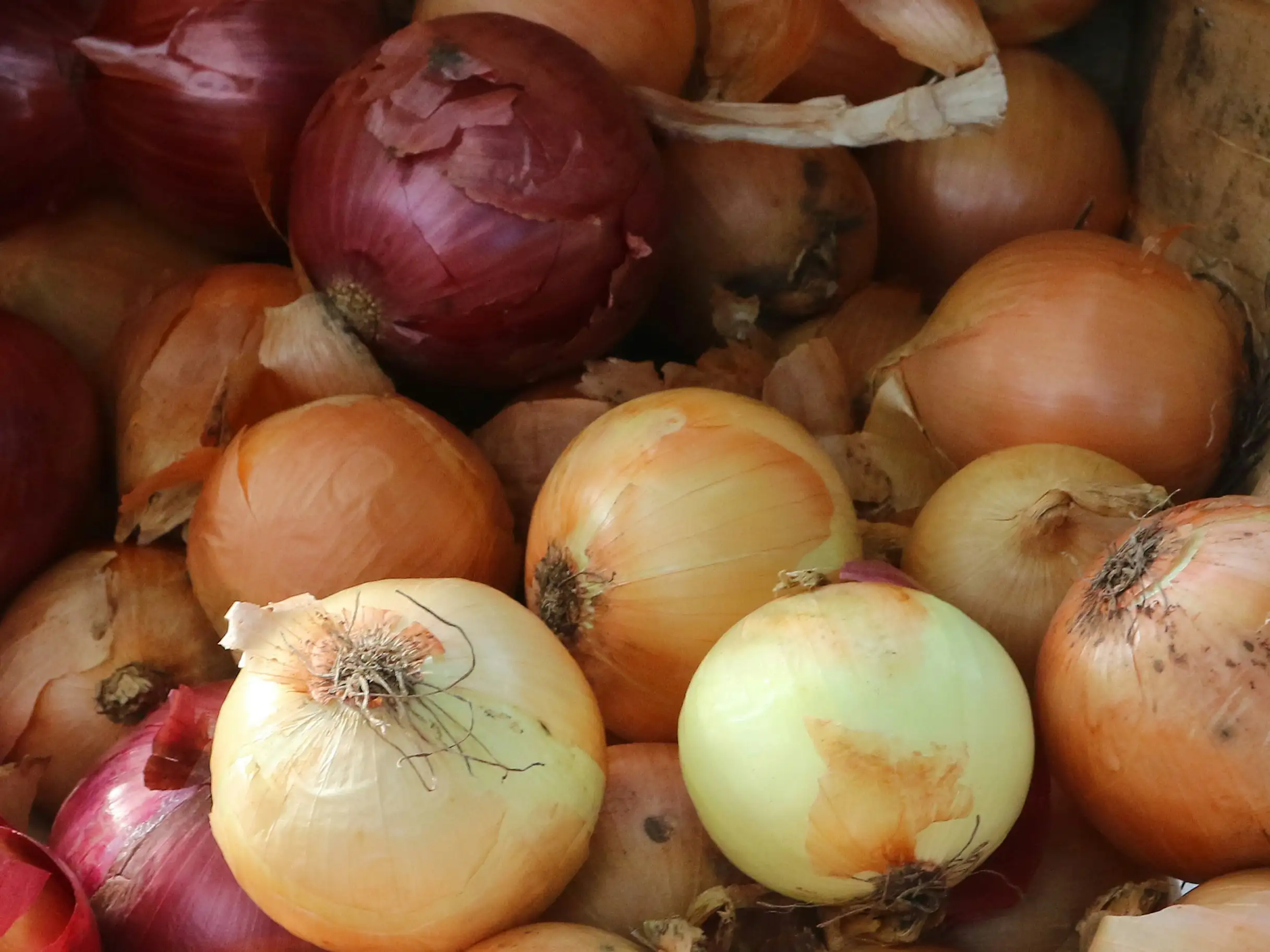SEED SOWING
There is nothing like the satisfaction of raising your own plants from seed. Additional benefits are the cost saving and being able to grow your favourite plants which are not always available at the garden centre when you want them. Raising seed is easy if you follow the simple steps outlined in this article.
At a glance;
- Warm, sheltered site.
- Quality seed raising mix.
- Quality fresh seeds
- Keep damp but not wet

The seed
Start with good seed. For the best vegetables, we recommend the ican Chef’s Best range but where there is no variety available in ican, we recommend Yates seeds. There is a wide selection to choose from in both vegetables and flowers, with varieties to suit all seasons. In addition, Yates have several excellent varieties not available in other brands.
Always use fresh seed as some seeds such as parsnip, lettuce and onion have a short life once the foil sachet is opened. It is preferable that seeds be used the same season the packet is opened. The seed in unopened foil sachets should remain viable for some years if kept in a cool dry place. A sealed glass jar in a cupboard is best. Choose varieties to suit your area and the season.
Sowing seed
A few species such as carrots, parsnips, turnips, sweet corn, peas and beans, are best sown directly in the soil, while most others are best sown in a tray to germinate and then transplanted out into the soil as young plants. This allows better use of garden space.
Raising young plants in punnets or small pots also saves time, especially in early spring when it may be too cold to sow outside.
Raising seed in trays, punnets or pots
Use a quality seed raising mix such as Yates Black Magic. If re-using old trays, punnets or pots, ensure they have been washed thoroughly to remove all traces of soil which could be harbouring soil fungus diseases that attack germinating seeds. Fill the containers with seed raising mix, water carefully, and allow to drain for 30 minutes or so.
Some gardeners prefer to sow 2 –3 seeds in each cell of the punnet or pot, and then to thin out to 1 plant per cell / pot after germination. Other gardeners prefer to sow a number of seeds in a punnet, pot or tray and when they have germinated and have 1 true leaf (the next one to appear after the 2 seed leaves), they are carefully ‘pricked out’ individually into punnets, pots, or spaced out in a tray.
With either technique, sow the seed to a depth of 2–3 times its thickness, or place on the surface and cover 2–3 times its thickness with seed raising mix.
It is important that the mix remains damp but not wet, until germination is complete, which takes from 1–3 weeks for most species. This is best achieved by placing in a small glass or polythene covered cloche, or by covering with a sheet of glass. A sheet of newspaper will also help. Place in a warm sunny place in winter and early spring or in a shady place in summer.
As soon as germination is complete, remove glass or cover to allow ventilation. Keep moist but not wet, and ensure the young plants have good light. After another 2–3 weeks the young seedlings will be ready for transplanting into the garden.
Make sure the seedlings have been acclimatised (hardened off) to the outside conditions before planting out especially during late winter and spring. Do this by putting the pots/trays outside for a few hours each day but keeping them sheltered at night and from wind. Early in the season in colder districts it is common to cover with a cloche.
Sowing direct into the soil
This is the method for root vegetables such as carrots, parsnips, radish, beetroot, and swedes, as well as peas, and beans. Other large seeds such as the cucurbit family, and sweet corn can also be sown direct in the soil where they are to grow.
Sowing seed direct in the soil can be difficult in old diseased soils, or clay soils where drainage is not good. Hence start by ensuring the soil is free draining, is friable, and has lots of compost added. Another method is to create a shallow furrow about 30mm deep in the row where the seed is to be sown. Fill this furrow with seed raising mix.
Sow the seeds at the spacing as advised on the packet and cover. Firm the surface gently to ensure seed—soil contact which also minimises drying out. Water the row lightly to get the germination process started. If the weather remains dry, repeat watering may be necessary but be careful not to overdo it which can lead to the seed rotting. Early in the season in colder districts it is common to cover with a cloche.
Reasons why seeds won’t germinate
1. Seed viability—use fresh seed. If the foil packet has been open for more than a year, some seeds, especially lettuce, parsnips, celery and onions will lose viability.
2. Too wet—prevents oxygen getting to the seed and increases fungal rots.
3. Too dry— seeds partially germinate and then die.
4. Too cold—most seeds need moderate to warm temperatures to germinate.
5. Too hot—direct hot summer sun will kill germinating seeds.
6. Planting too deep—is usually too cold and wet as well.
7. Planting too shallow—seeds are likely to dry out.
8. Seed mix / soil too loose—insufficient moisture reaches the seed.
9. Seed mix too firm—creates water-logging and stops oxygen getting to the seed.
10. Presence of soil fungus diseases— in old gardens or dirty containers.
11. Slugs and snails—will commonly attack seedlings as they germinate.
12. Birds / cats / dogs dig seeds up.
13. Fertiliser burn—don’t apply fertiliser with seeds.




